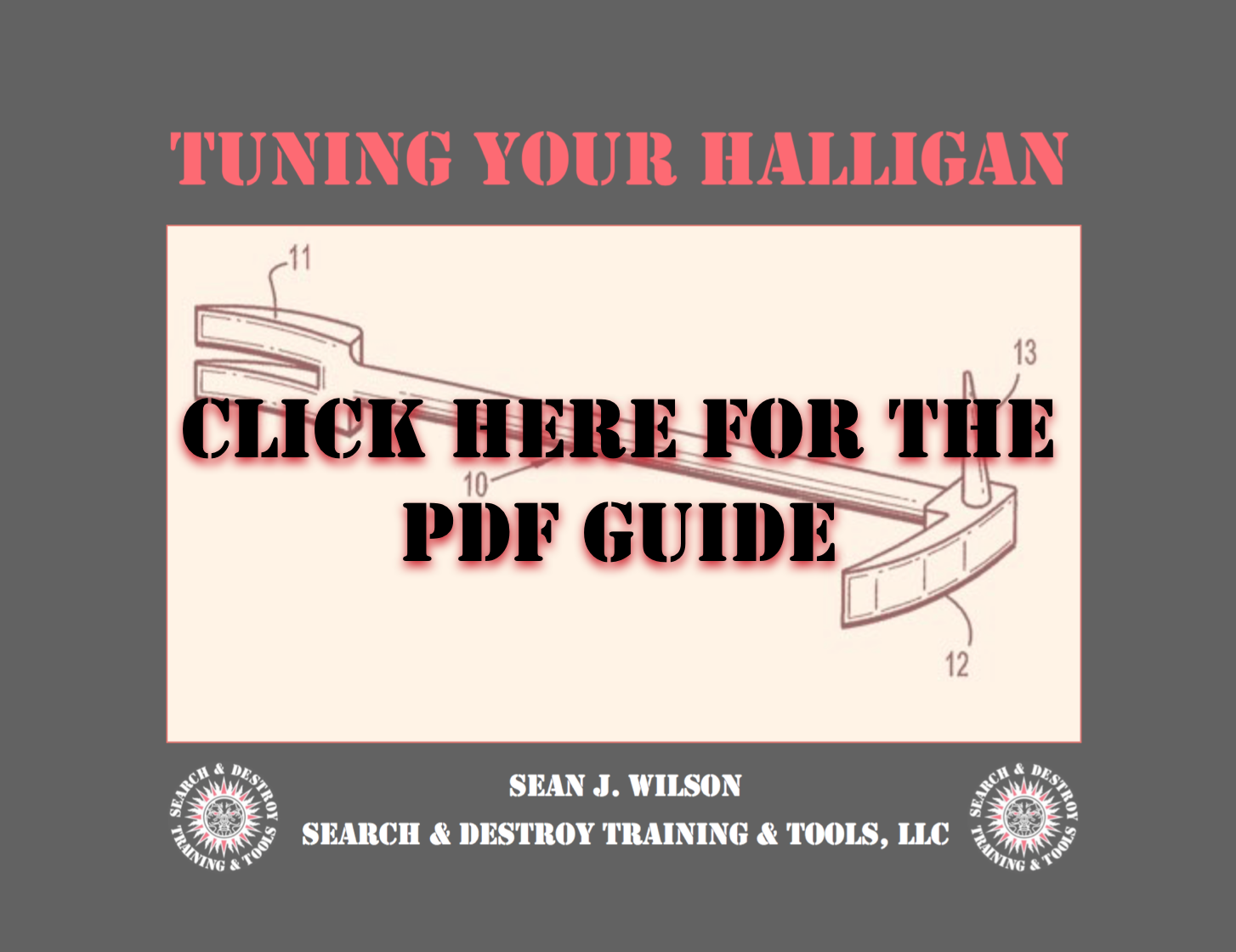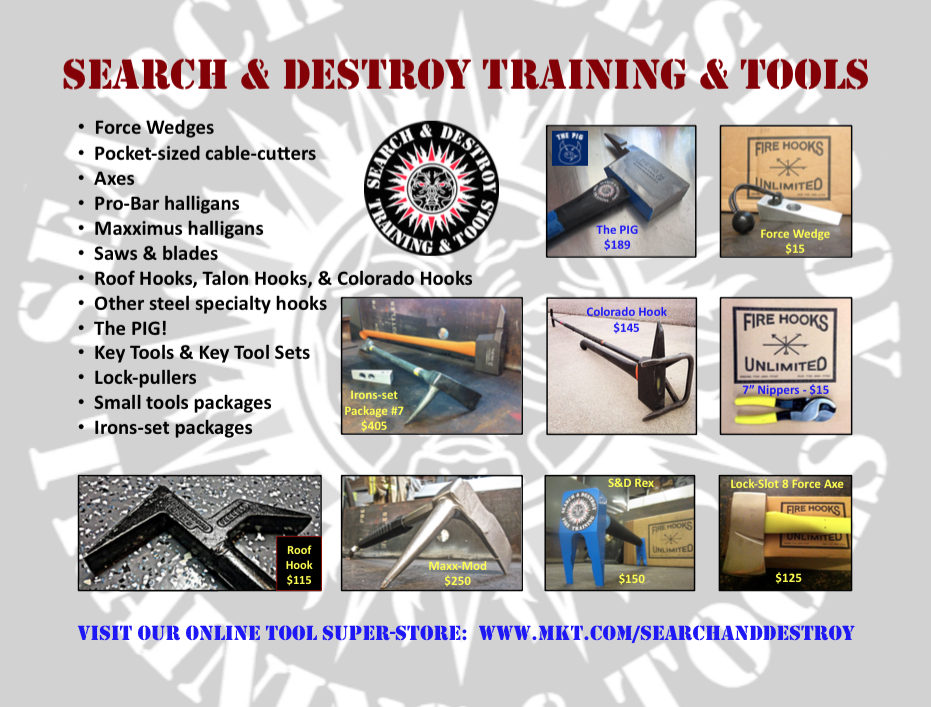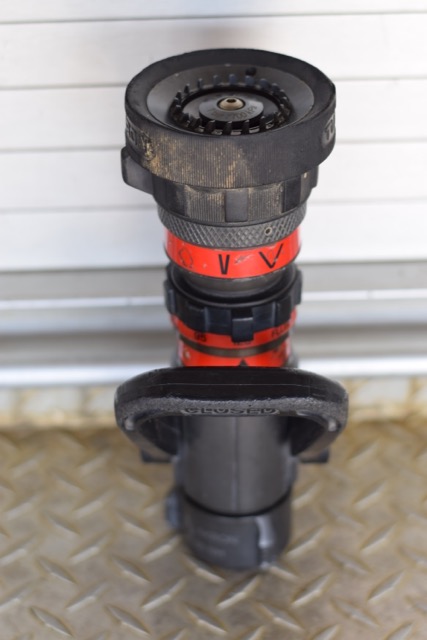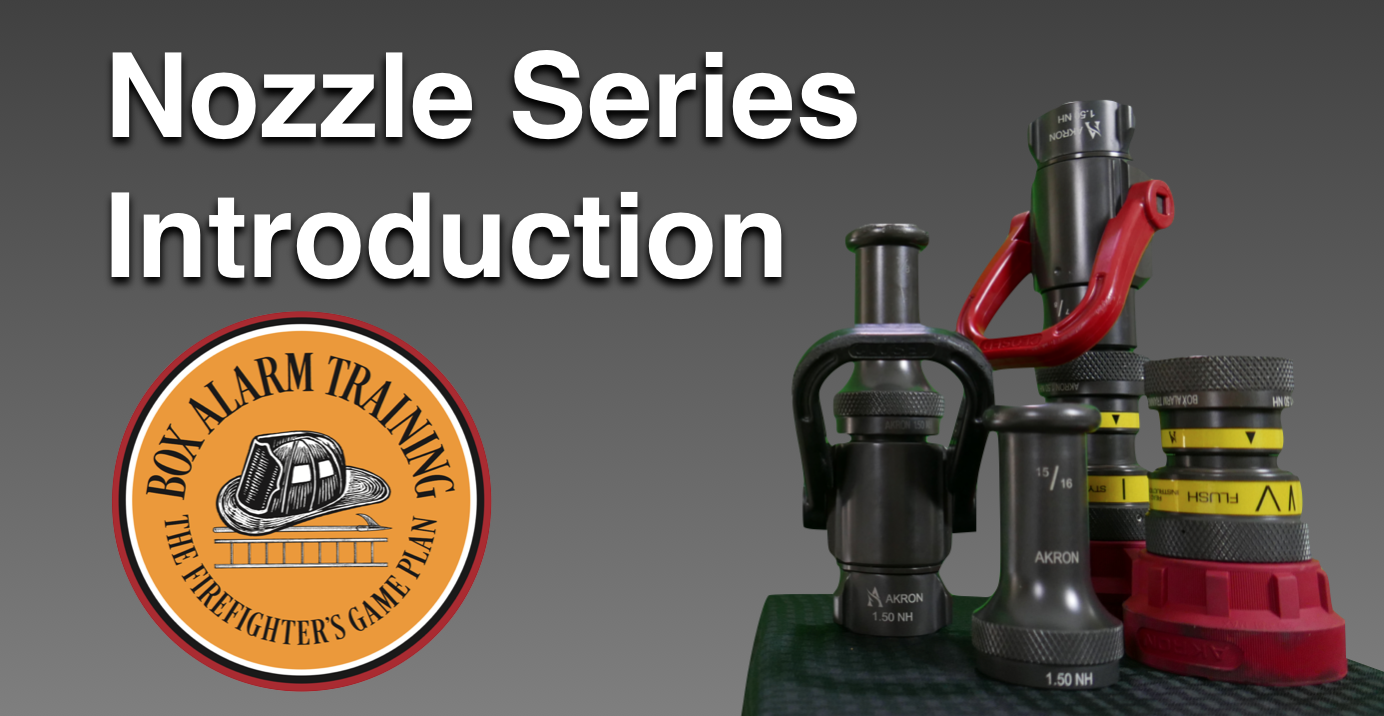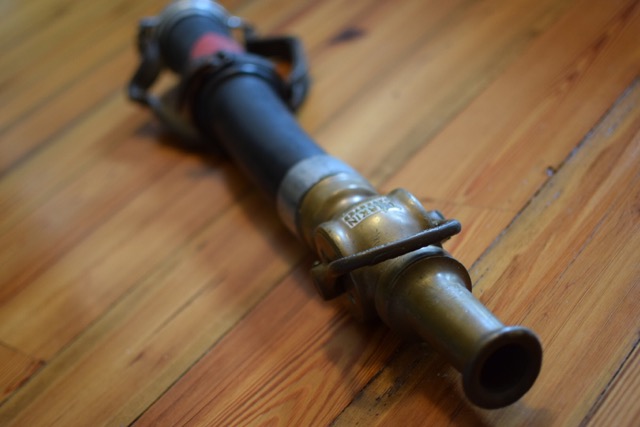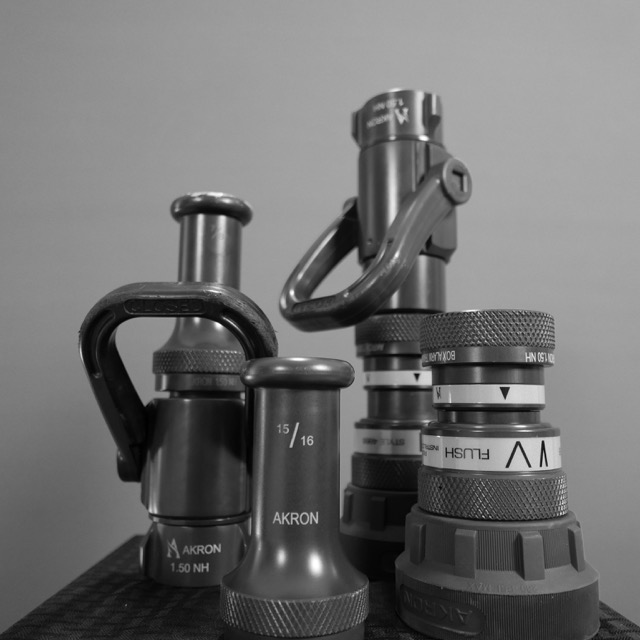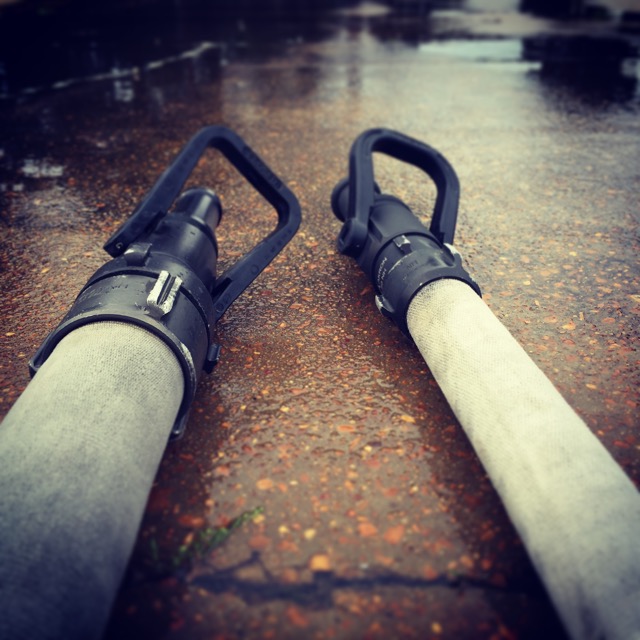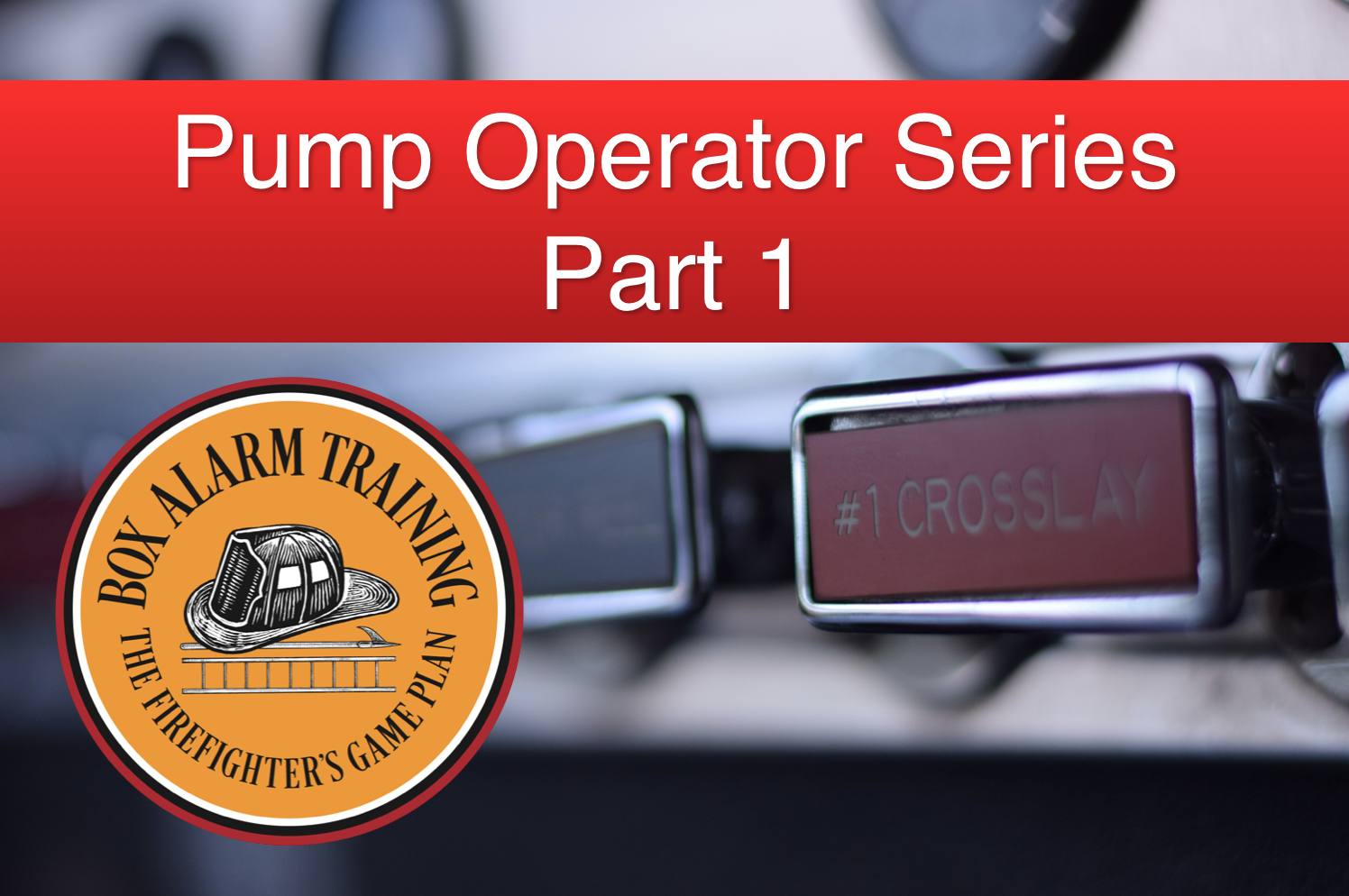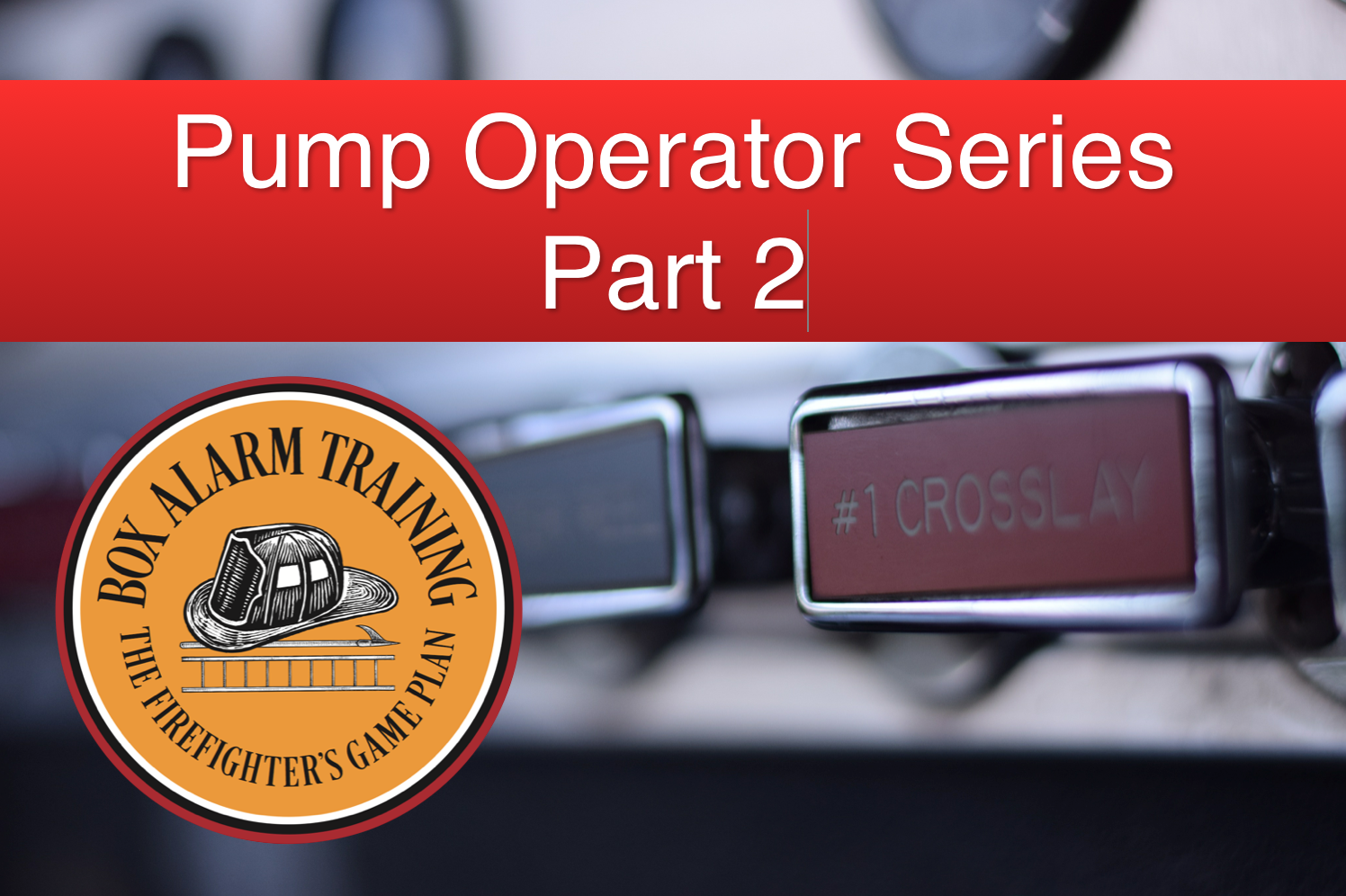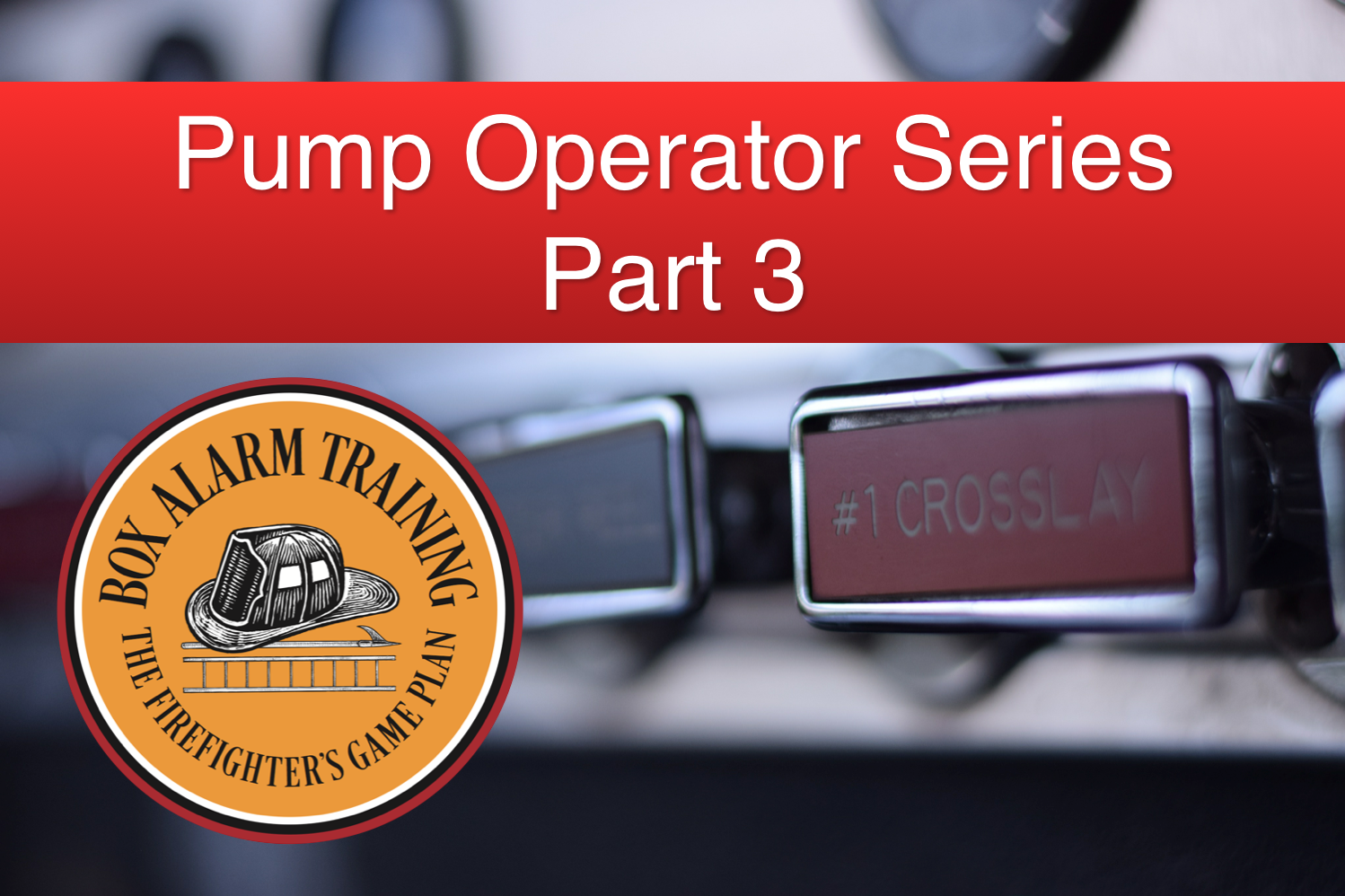One of the unfortunate short-comings of the U.S. fire and rescue services is the lack of central location for information and media on tools, techniques, and tactics. Standing around 1.2 million firefighters strong, much information remains in cliques, fringe groups, regionalized, or even within a select few organizations. It is almost tragic, that there is not a one-stop resource for all things under a fire-rescue related topic. In my rescue circles, I have found my “go-to” resources of information. Rope rescue for example- as big a topic as rope rescue is, at its heart- there are relatively few authors, instructors, and innovators putting out original content. From the 1980s to now, there are probably less than two dozen names of noteworthy recognition. Even a smaller group of those have a fire-rescue background. We have put together a video below discussing this very topic as well as an included trick of the trade we picked up along the way.
https://www.youtube.com/watch?v=8XsFDJ0CBgQ
If I were to start with all things rope, I would first gather around six or more major texts. Then I would start sorting through periodicals at the National Emergency Training Center Learning Resource Center(LRC). The LRC at the National Fire Academy in Emmitsburg MD, is the closest thing to a centrally located library for the fire service. They have a host of librarians that offer research assistance and will be happy to copy or send you material on interlibrary loan. You can search the library through their website. This would yield periodicals dealing with rope rescue such as Fire Rescue Magazine, Fire Engineering, Technical Rescue Magazine, the National Speleological Society Vertical Section, and old NASAR publications.
These sources have some great authors and will show you the history of modern rescue. But if you really want to geek-out and get in the weeds- you have got to study the material coming out of the International Technical Rescue Symposium(ITRS). Here you can study many works from the O.G.s of rescue. Dill, Larson, Hudson, Frank, Thorne, Vines, Mauthner, Smith, Padgette, and more all reside here. This annual symposium is limited to 150 participants, has 15-20 presenters, and it is here that information and research gets its peer-reviewed acid test before it goes mainstream. In order to take your research beyond this level, you probably have to talk to the “original gangstas” themselves or perform original research on your own. . .
 There is a huge need to capture some of this institutional knowledge before key organizational members hang up their gear for the last time. Regional barriers that prevent the spread of life-saving information must be overcome. We need platforms to share a disseminate tools, techniques, and tricks of the trade. One of these areas that seems very regionalized is heavy rescue. What is a trick that makes your life easier and no one seems to know about it, but your team? Do you have method for running a breaching tool that saves time and maintenance? Is there a new tool that you found closes a capability gap? Have you learned new tricks from an old tool- such as the Griphoist? As US&R teams immerse themselves in flood and swiftwater rescues, do you have a lesson that can save future lives? We want to collect these ideas from all walks of technical rescue and share it with the community. Fill out all the information in the Training Bulletin survey and share with others. We will take top tips and post them here on BoxalarmTraining. Additionally, we are looking for tips and trick that could be share with the National US&R System. If pertinent and valuable, your content could appear in classes or the US&R Field Operations Guide(FOG). We may contact you for more pictures or clarifications. Credit will be given and cited and intellectual property will be honored. We are looking to foster a since of sharing of rescue knowledge- especially when seconds and lives matter.
There is a huge need to capture some of this institutional knowledge before key organizational members hang up their gear for the last time. Regional barriers that prevent the spread of life-saving information must be overcome. We need platforms to share a disseminate tools, techniques, and tricks of the trade. One of these areas that seems very regionalized is heavy rescue. What is a trick that makes your life easier and no one seems to know about it, but your team? Do you have method for running a breaching tool that saves time and maintenance? Is there a new tool that you found closes a capability gap? Have you learned new tricks from an old tool- such as the Griphoist? As US&R teams immerse themselves in flood and swiftwater rescues, do you have a lesson that can save future lives? We want to collect these ideas from all walks of technical rescue and share it with the community. Fill out all the information in the Training Bulletin survey and share with others. We will take top tips and post them here on BoxalarmTraining. Additionally, we are looking for tips and trick that could be share with the National US&R System. If pertinent and valuable, your content could appear in classes or the US&R Field Operations Guide(FOG). We may contact you for more pictures or clarifications. Credit will be given and cited and intellectual property will be honored. We are looking to foster a since of sharing of rescue knowledge- especially when seconds and lives matter.
 Many of you probably saw this guide floating around on Facebook but this is by far one of the best tool guides I have ever seen. This piece of work does not surprise me because it came from Search and Destroy Training. S&D has been my go to for tools and questions regarding their specifics. They have graciously provided us with a pdf version of the guide for you all to use. You can find the guide below but we also wanted to provide you with several other links to get to their training resources.
Search and Destroy's Website
Many of you probably saw this guide floating around on Facebook but this is by far one of the best tool guides I have ever seen. This piece of work does not surprise me because it came from Search and Destroy Training. S&D has been my go to for tools and questions regarding their specifics. They have graciously provided us with a pdf version of the guide for you all to use. You can find the guide below but we also wanted to provide you with several other links to get to their training resources.
Search and Destroy's Website

